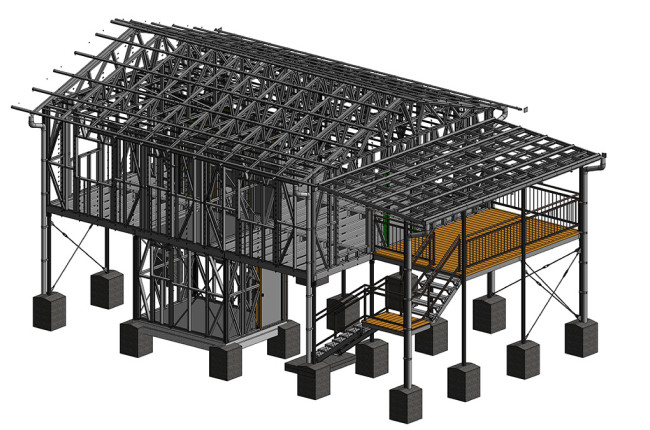Best BIM Services in Saudi Arabia
VDEC is a leading BIM service provider in offering customized solutions to Architecture, Engineering & Construction (AEC) firms globally.
Digital Twin Delivery (DTD) , IS 19650, RIBA
Digital Twin Delivery: Bridging the Gap Between Physical and Virtual
Digital Twin Delivery refers to the process of creating, implementing, and utilizing a digital twin throughout the lifecycle of a physical asset or system. It's more than just building a replica; it's about continuously connecting the virtual and physical worlds through real-time data and analytics.
Key aspects of Digital Twin Delivery:
Data Acquisition: Sensors and connected devices embedded in the physical asset collect real-time data on its performance, condition, and environment.
Model Creation: This data is used to create a virtual replica of the asset, incorporating both its current state and historical data.
Data Integration: The virtual model is continuously updated with data from the physical asset, ensuring a synchronized representation.
Analytics and Insights: Advanced analytics are applied to the combined data, generating insights to optimize performance, predict maintenance needs, and identify potential issues.
Delivery and Action: These insights are delivered to stakeholders through dashboards, reports, and alerts, enabling informed decision-making and proactive actions.
Benefits of Digital Twin Delivery:
Improved efficiency and productivity: Proactive maintenance and optimized operations reduce downtime and costs.
Enhanced decision-making: Data-driven insights support strategic planning and investment choices.
Greater innovation and collaboration: Virtual simulations facilitate testing and collaboration across teams.
Increased safety and reliability: Real-time monitoring helps identify and address potential risks before they occur.
Improved product lifecycle management: Digital twins support design, manufacturing, and service throughout the product life.
Challenges of Digital Twin Delivery:
Data security and privacy: Ensuring secure data collection, storage, and access is crucial.
Interoperability and standards: Data compatibility across different platforms and systems remains a challenge.
Integration complexity: Connecting physical and virtual worlds seamlessly requires expertise and careful planning.
Cost and ROI: Investing in technology and expertise needs to be balanced with demonstrable benefits.
Examples of Digital Twin Delivery:
Factory optimization: Monitoring equipment performance and simulating production processes for efficiency gains.
Predictive maintenance: Identifying potential equipment failures before they occur, avoiding costly downtime.
Smart cities: Managing traffic flow, energy consumption, and resource allocation in real-time.
Connected vehicles: Providing insights into performance, optimizing driving routes, and enhancing safety features.
Overall, Digital Twin Delivery holds immense potential to transform various industries by bridging the physical and digital worlds. However, careful consideration of challenges and a strategic implementation approach are crucial for success.
https://vdengg.com/saudiArabia
